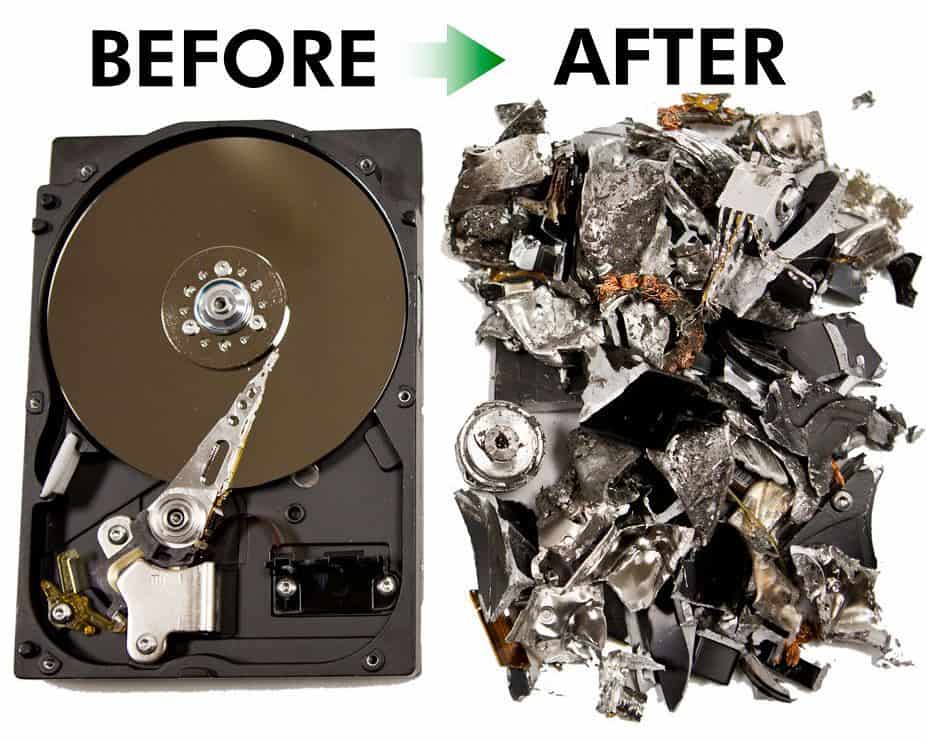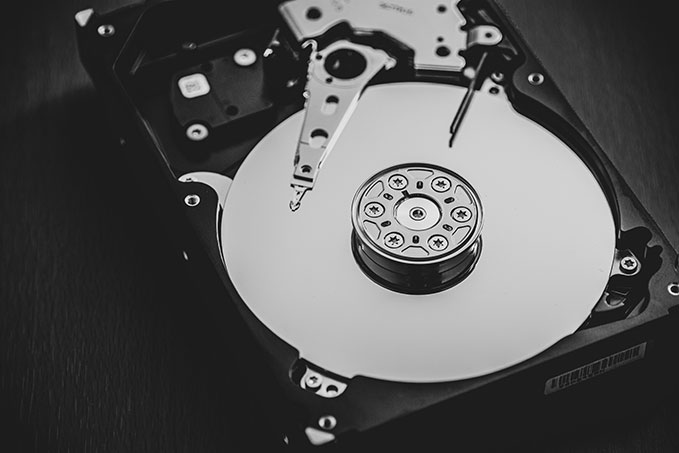Crucial Cyber Security Practices for Effective Data Destruction Methods
Crucial Cyber Security Practices for Effective Data Destruction Methods
Blog Article
Exactly How Appropriate Data Destruction Contributes to Robust Computer System Safety Solutions and Mitigates Threats of Information Violations
In today's digital landscape, the significance of correct information devastation can not be overemphasized, as it serves as a basic part of extensive computer safety solutions. The effects of inadequate data damage expand past mere compliance; they can exceptionally impact an organization's cybersecurity pose and track record.
Value of Data Damage
In today's digital landscape, the value of information destruction can not be overemphasized. As companies progressively rely on digital assets, the potential threats related to information breaches and unapproved accessibility intensify. Reliable data destruction is an essential part of a comprehensive info safety and security method, safeguarding delicate details from coming under the hands of destructive stars.
When data is no more needed, simply deleting files or formatting disk drives wants. Recurring data can commonly be recovered making use of easily available tools, posing substantial hazards to both companies and individuals. This highlights the necessity for robust information destruction techniques that guarantee all information is irretrievably eliminated.
Additionally, regulatory conformity requireds, such as GDPR and HIPAA, emphasize the obligation to shield delicate data, including its proper disposal. Non-compliance can bring about serious monetary penalties and legal repercussions. data destruction. Therefore, integrating efficient data destruction procedures not just boosts protection but additionally strengthens a company's reputation and trustworthiness

Approaches of Secure Data Erasure
Several efficient approaches of secure information erasure can be utilized to make sure that sensitive details is permanently removed from storage tools. One commonly identified strategy is information overwriting, which involves replacing existing data with random patterns several times. This approach considerably minimizes the opportunities of information recuperation, although it might not work against innovative forensic techniques.

Physical devastation is also a reliable method, where storage devices are rendered unusable with shredding, squashing, or incineration. This method makes certain that data can not be recuperated by any methods but requires careful handling of dangerous products.
Last but not least, specialized software devices created for protected data erasure give performances that follow numerous erasure criteria. These tools commonly consist of functions like confirmation procedures to verify successful data damage.
Employing these methods in mix can boost information security and mitigate the risks related to data breaches, ensuring that delicate details is not inadvertently subjected.
Legal and Compliance Factors To Consider
The methods employed for protected data erasure not just serve to safeguard sensitive details yet also needs to align with lawful and conformity frameworks governing information defense. Organizations are called for to comply with different guidelines, such as the General Data Defense Guideline (GDPR), the Medical Insurance Transportability and Responsibility Act (HIPAA), and the Payment Card Sector Data Safety And Security Criterion (PCI DSS) These laws mandate certain protocols for data dealing with and devastation, making sure that individual and sensitive information is irretrievably removed when no longer required.
Failing to comply with these lawful requirements can cause considerable charges, consisting of fines and reputational damage. Additionally, organizations should maintain documents of information here devastation procedures, demonstrating conformity throughout audits or investigations. This paperwork not only protects against legal effects yet additionally reinforces trust fund with customers and stakeholders, showcasing a dedication to information safety.
Integrating lawful and compliance considerations right into data devastation methods is crucial for any kind of organization. It minimizes the danger of information violations and shows a proactive strategy to guarding sensitive details, eventually promoting a culture of security and accountability throughout the company.
Impact on Cybersecurity Pose
Efficient data damage dramatically boosts a company's cybersecurity posture by minimizing the potential attack surface for cyber threats. When sensitive information is not properly ruined, it continues to be accessible to harmful stars who can manipulate this details for unapproved access, identity theft, or corporate espionage. By implementing robust information devastation methods, companies can properly decrease the danger of information breaches and boost their total protection structure.
Furthermore, the safe disposal of unneeded or outdated information not just secures sensitive information but additionally aids companies adhere to market policies and standards. Failure to effectively damage data can lead to serious lawful effects and reputational damage, more jeopardizing an organization's cybersecurity stance.

Eventually, focusing on efficient information devastation is essential for cultivating a robust cybersecurity stance, ensuring that organizations remain cautious versus developing cyber risks while shielding their important possessions and stakeholders.
Best Practices for Organizations
Executing best techniques for information destruction is vital for companies aiming to guard sensitive info and alleviate cybersecurity risks. Firstly, organizations ought to establish an extensive data destruction policy that lays out obligations and treatments. This plan must abide by appropriate guidelines, such as GDPR or HIPAA, making sure lawful conformity.
Second of all, it is necessary to utilize accepted data sanitization techniques, consisting of information wiping, degaussing, and physical destruction, see this website customized to the my company kind of information and storage tool. Utilizing qualified experts for information devastation solutions improves the reliability of these approaches.
Moreover, companies should maintain a comprehensive inventory of all data storage space tools, making certain that all out-of-date or replaced tools undergoes destruction. Normal audits of information damage practices can aid recognize weak points and boost conformity.
Employee training is one more critical facet, as staff has to comprehend the significance of information damage and comply with established procedures. Finally, organizations need to record all data damage activities to give liability and traceability, which can be invaluable throughout audits or in case of a violation.
Conclusion

One commonly recognized technique is data overwriting, which includes replacing existing information with arbitrary patterns multiple times.The techniques utilized for safe information erasure not just serve to protect sensitive details however likewise must line up with lawful and conformity structures regulating data defense. These guidelines mandate specific methods for data managing and damage, ensuring that personal and sensitive information is irretrievably erased when no longer required.
By applying durable information devastation protocols, organizations can efficiently lessen the threat of information violations and improve their total protection structure.
In verdict, correct information destruction is necessary for enhancing computer security services and reducing the dangers linked with data breaches. - data destruction
Report this page